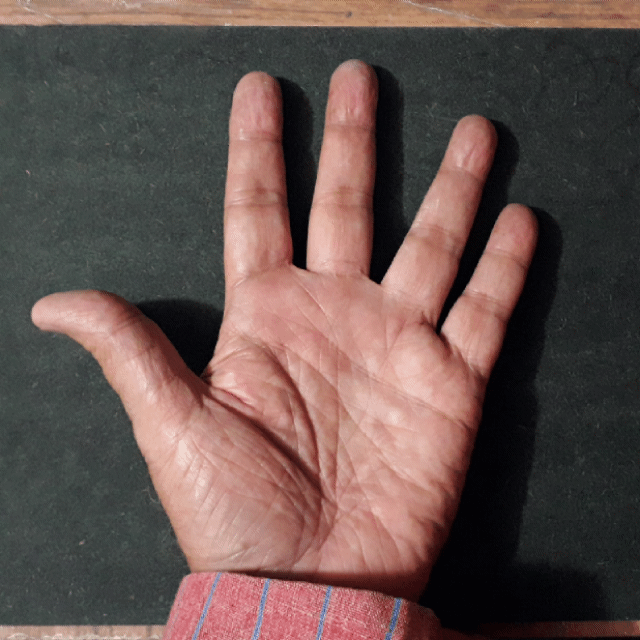Graphics Interchange Format (GIF) is shared as a form of photographic comment and can be useful tool for art-integrated learning: Special on World Photography Day
- Lalit Kishore
- Aug 19, 2024
- 2 min read
World Photography Day is celebrated on each year on August 19 since 2009 as an occasion for and promote photographers "to share their world with the world" through a single photo and promote photography as a visual art.
World Photography Day is celebrated on August 19 with special programmes on photography, photo walks, exhibitions and workshops. It is said that with camera adjustments, composing pictures along with tilt and shift one can take reasonable pictures with a mobile camera. With various photo editing apps being available one can create visually striking pictures.
With digital technology is advancing at a fast rate, quality of cameras and sharing speed of images has enhanced considerably. With some investment in a good digital camera with a few tips and experimentation, one can become good photographer. Now, photography has become common with mobiles and webcams for photographs to be captured, uploaded and shared in a jiffy.
As we know that photography originated from the invention of box camera by the Daguerreotype, a photographic processes developed by Joseph Nicephore Niepce and Louis Daguerre in 1830s. These inventions were given as free gifts to the world with any patenting and royalties.
These days on the smart phones, Graphics Interchange Format (GIF) is shared as a form of photographic comment. Though, GIF technique was first used and popularised by
Alexander Trevor, Steve Willhite, and Olia Lialina had first used GIF as classic animation form followed by looped sequences for Netscape. The abbreviation 'GIF' has become an accepted verb now.
GIFs can be made funny, elegant and aesthetic with experimentation. You upload a few images in the smart phone and arrange them in a sequence to get them in correct order for your GIF to look normal with reasonable animation.
There are ‘continuous picture’ and ‘time delay’ options available in many smart-phone cameras which can be used to create an animated GIF for the following purposes.
For telling a story
For explaining an action
For illustrating a concept
For giving a contextual message
For creating an eye-catching advertisement
For creating a relevant animated quote
For creating a animated poster
For creative application for academic learning of curricular content or concept
For dual-code communication on abstract ideas
NOTE: The inset GIF has been created from four pictures shown in the collage






Comments